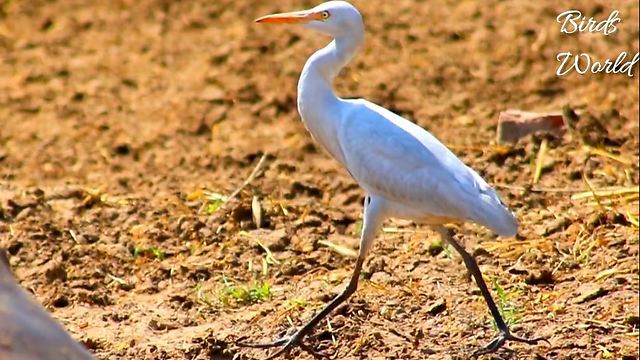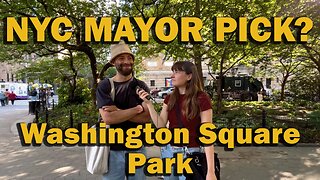Premium Only Content

Beautiful Activites of Egret/Crane/ in opeHeron in grounds and feilds
A have AisB Production studio where I collect all birds and animals videos and pictures in Asia. From my collection I upload a beautiful bird Crane found in Asia and this bird I watch in Pakistan and capture in my camera.
Egret/Crane/Heron rookeries or nesting colonies, are frequently located in areas isolated from human disturbance, such as riparian corridors, marshes, and groves of trees next to water or on islands. However, some herons have adapted minimally to human activity and may nest in trees near apartment and condo complexes, ports, and harbors that have large trees.
Egret/Crane/Herons are especially vulnerable to human disturbance and habitat destruction during pair formation and the breeding season (mid-November to September of the following year) when large numbers of birds are concentrated in a rather confined area. Herons are delicate and tend to abandon nests and entire colonies if disturbed during periods of pair forming.
Herons are unpredictable in their response to disruption of a colony, and the severity of the response does not always correspond to the magnitude of the disturbance. Seemingly innocuous activities can produce serious results. The most important factors to consider when evaluating these effects are the timing of the disturbance in relation to critical periods of the nesting season and the degree to which the birds are able to adjust to human activities. Herons are sensitive to humans and mammals moving around under their nesting trees.
When conducting surveys or inventories, take care to avoid walking into heronries, especially under nesting trees (indicated by the ring of white guano around the base of the tree). Should you find yourself within a heronry, leave quietly and quickly by the same route you entered.
Density of vegetation in and around the colony can influence the impact of disturbances. The removal of vegetation near a colony can open paths into the heronry that would not only enable intrusion by humans and predators, but would result in an increased number of exposed nests. Maintaining the vegetation, including trees and shrubs, around a colony provides alternate nest sites and a buffer against disturbance.
Tree trimming should generally not remove more than the minimum of foliage necessary for human health and safety, and should be done, where it is permitted, in a manner that does not unnecessarily discourage herons and egrets from returning to their altered (trimmed) habitat during the next breeding cycle.
I have huge collection of birds and animals of Pakistan and I will upload all videos on this channel. My you tube channel AisB Birds Animal world also attached with this account you can check on it.
Thanks for watching
-
 1:19
1:19
Funny animals
4 years ago $0.04 earnedBeautiful and beautiful and beautiful !!!
6705 -
 3:47
3:47
GeeDee44
4 years ago $0.21 earnedYou're Beautiful, and You're Beautiful
521 -
 LIVE
LIVE
Barry Cunningham
1 hour agoSYDNEY SWEENEY PROVES PRESIDENT TRUMP IS RIGHT! EVERYTHING WOKE TURNS TO....
969 watching -
 10:21
10:21
Colion Noir
5 hours agoCaught On Camera: Armed Veteran With AR-15 Shoots Man Who Fires Into Crowd With Drum Magazine
3.26K4 -
 LIVE
LIVE
JuicyJohns
6 hours ago $2.26 earned🟢#1 REBIRTH PLAYER 10.2+ KD🟢 !loadout
106 watching -
 DVR
DVR
Sean Unpaved
2 hours agoRyne Sandberg's Legacy, Madden's 99 Club, NIL's Locker Room Heat, & Wilkins' Kiss-and-Run
2.66K -
 6:29
6:29
Clickbait Wasteland
16 hours agoCUOMO vs ZOHRAN: Who do New Yorkers Want as the Next Mayor?
113 -
 22:10
22:10
IsaacButterfield
9 hours ago $0.18 earnedUnhinged White Woman Hates White People
89612 -
 1:04:05
1:04:05
Timcast
2 hours agoThe TAMURA Conspiracy, Theory Says Blackstone WAS The Target Over Israel, NOT NFL
125K63 -
 2:15:27
2:15:27
Steven Crowder
5 hours ago🔴 NYC Shooting Exposes Massive Hypocrisy From Mamdani & the Left
285K290